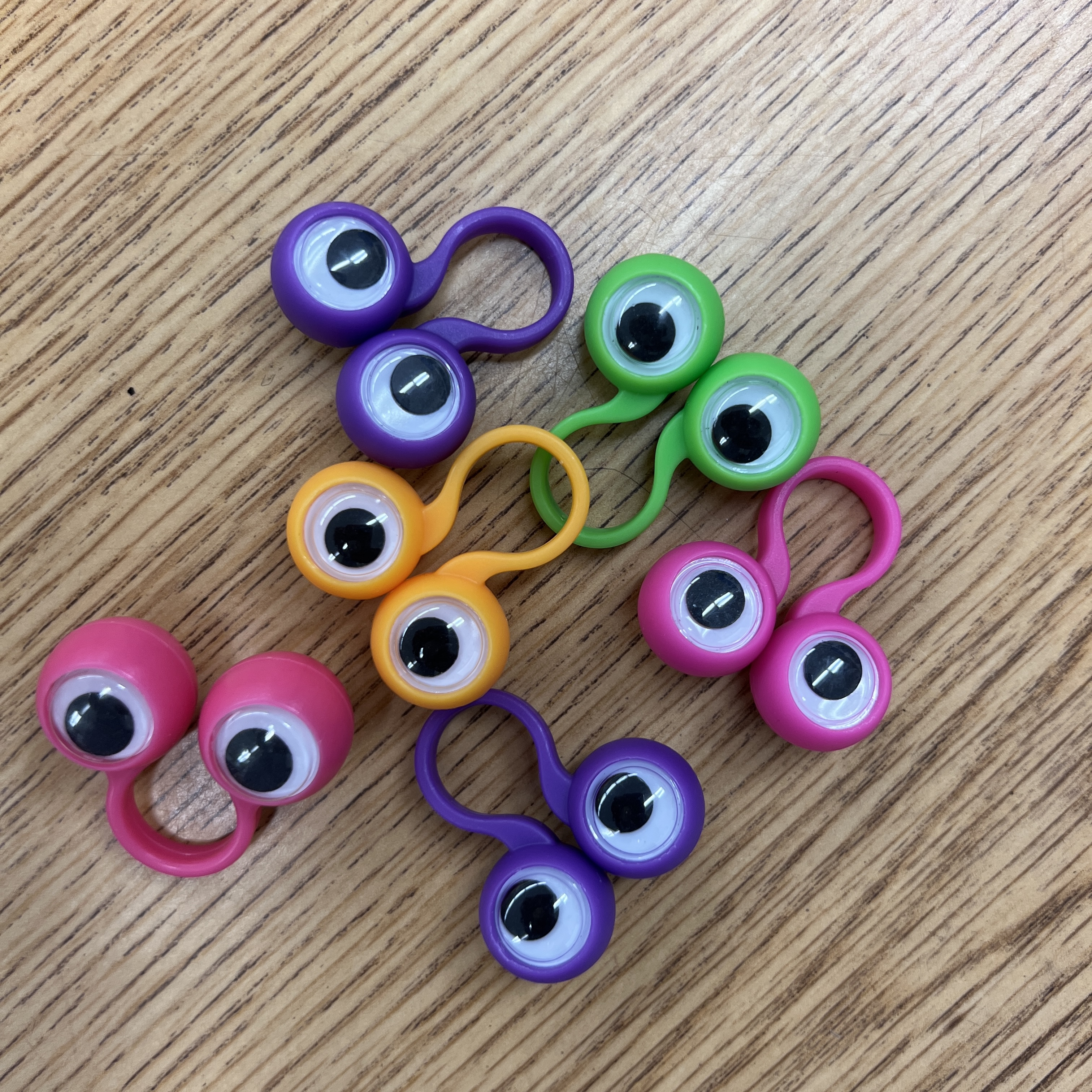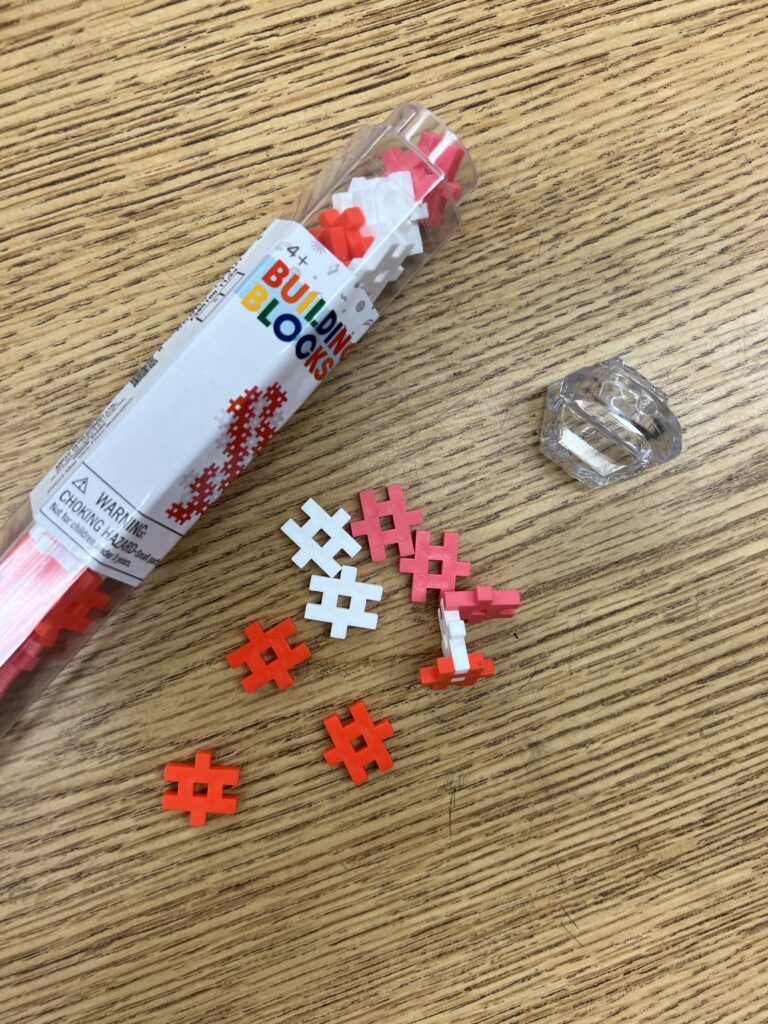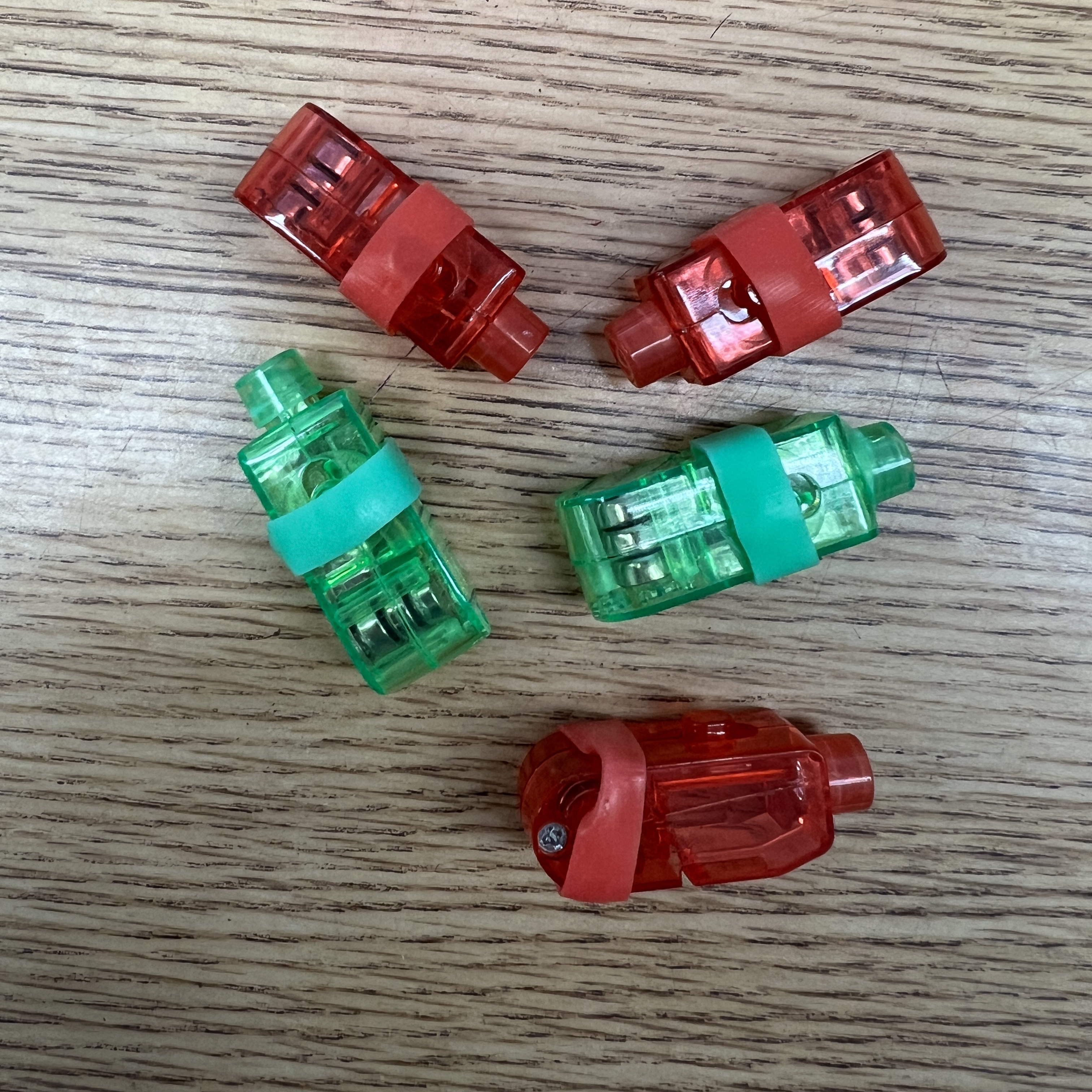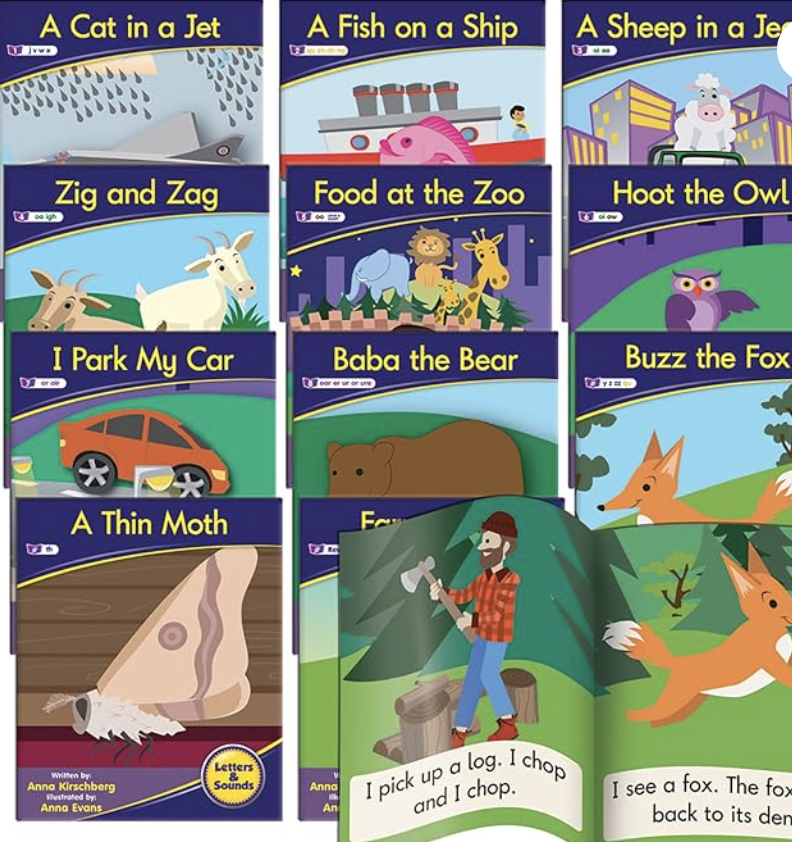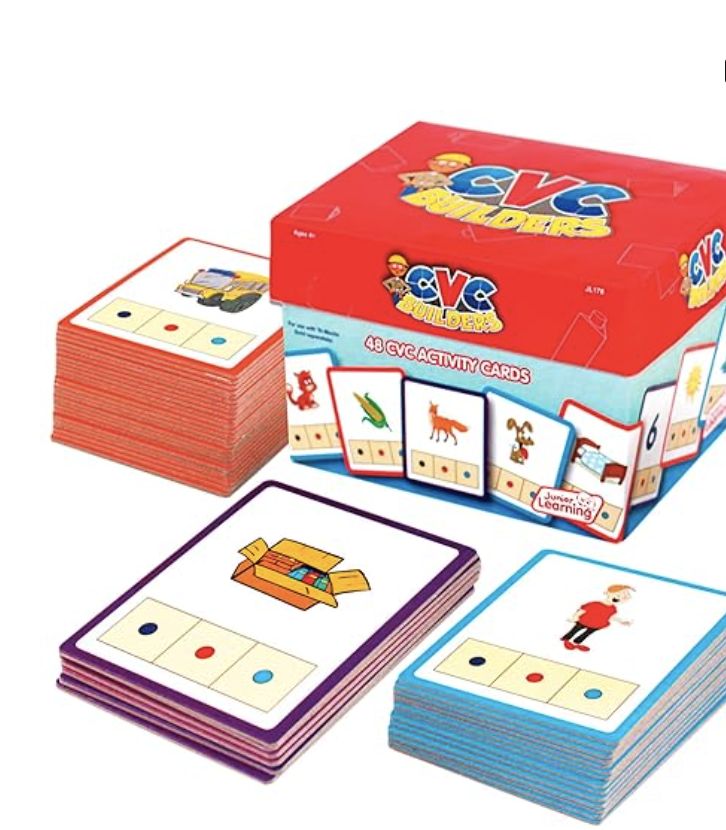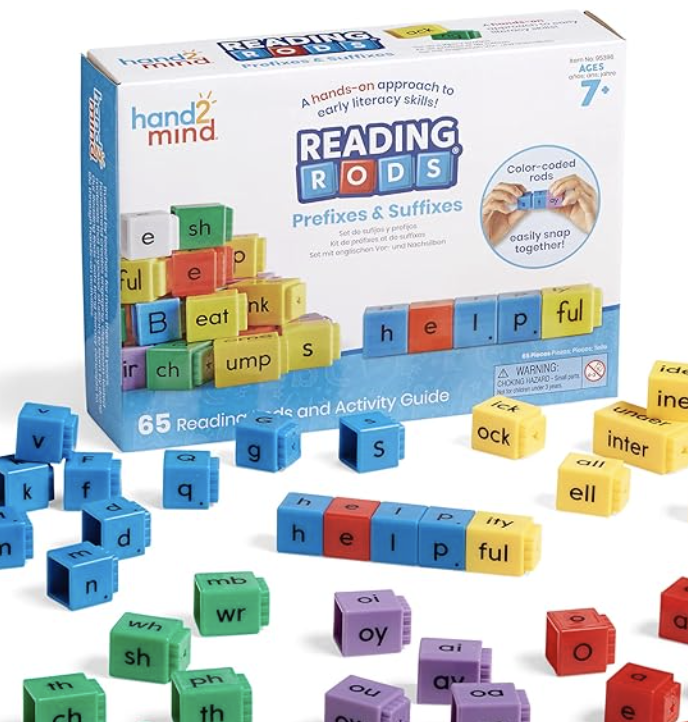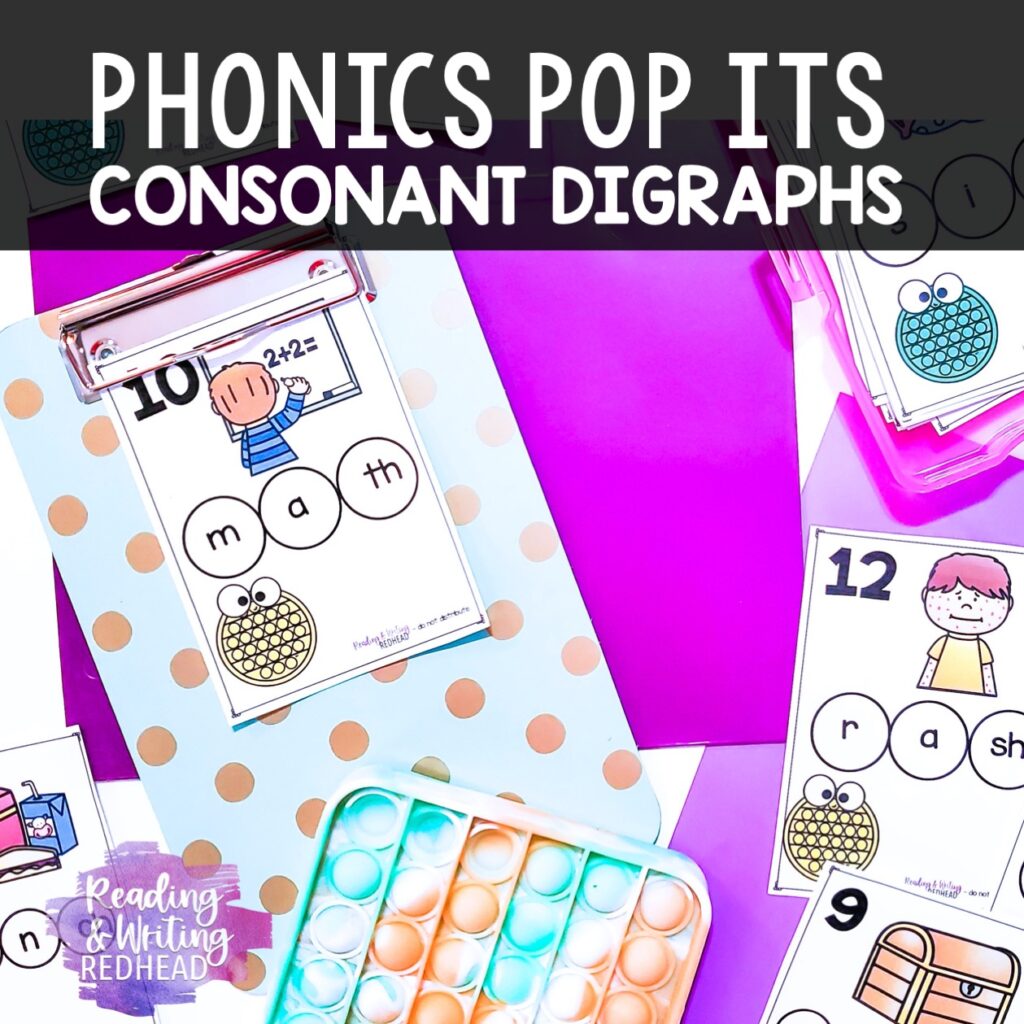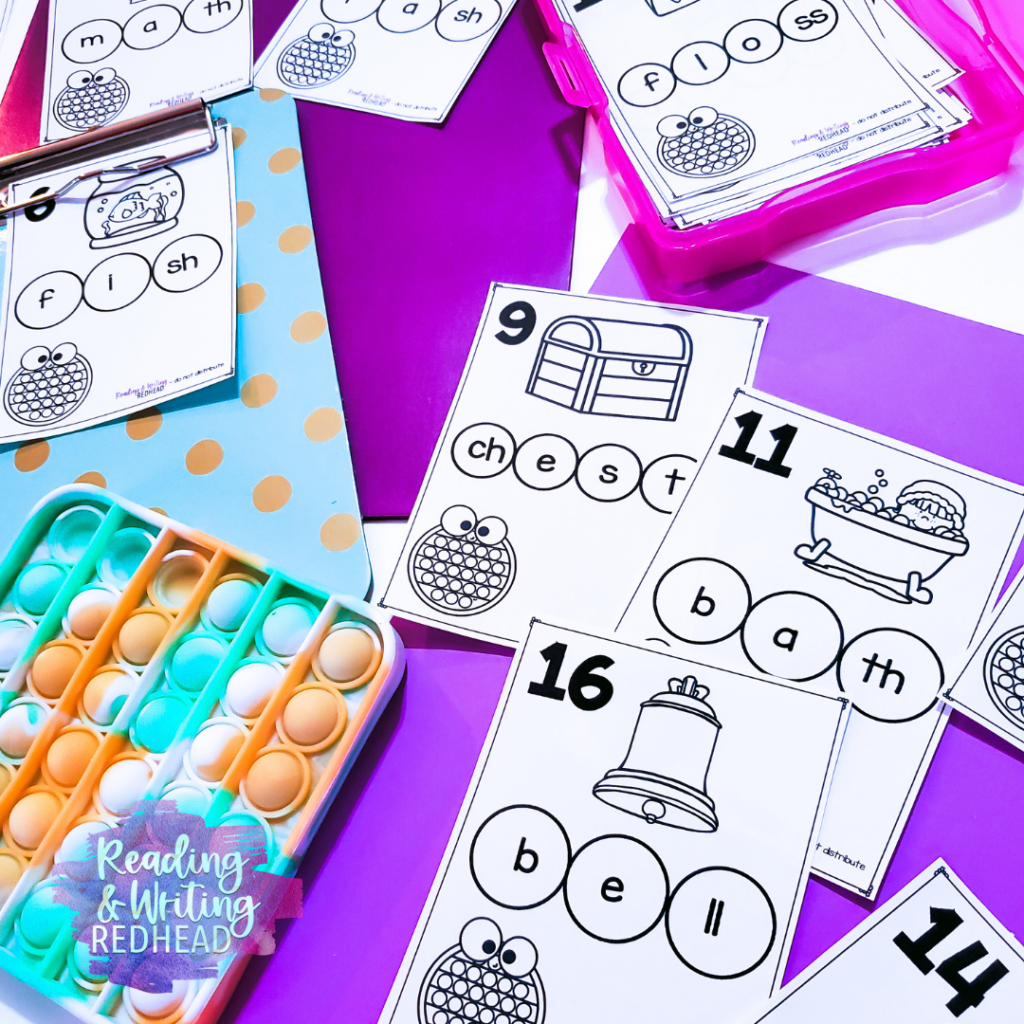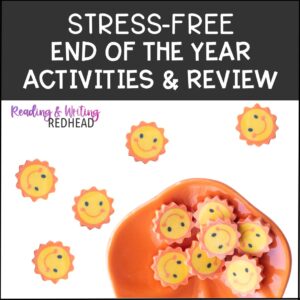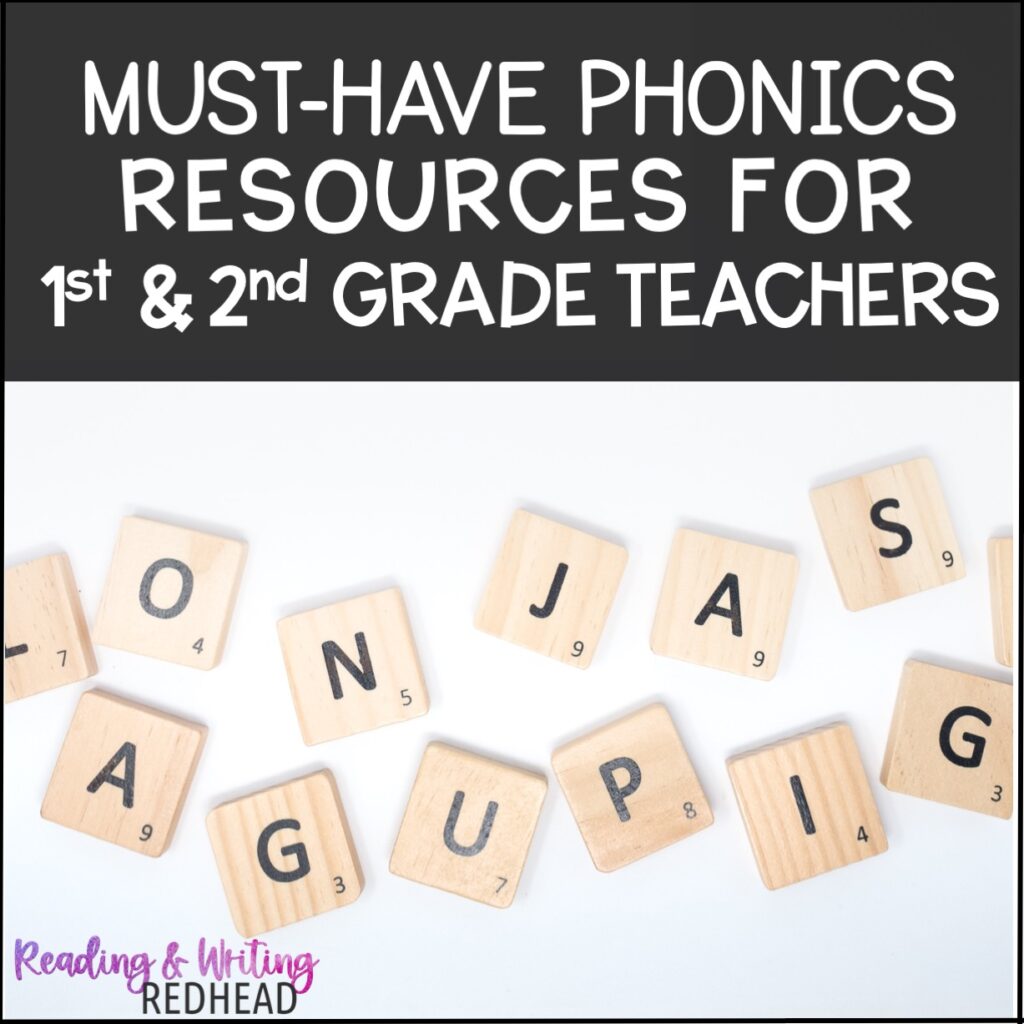
Must-Have Fun Phonics Resources for First and Second Grade Teachers: Engage your Students!
As a first or second-grade teacher, you know phonics is key to build strong readers. But finding the right resources to keep your students engaged can be challenging. This blog post is here to help you with that!
Let’s check out some must-have phonics resources to make your lessons fun, engaging and effective!
Hands on materials
Any of these materials are phonics resources that can make your lessons and review more engaging!
- Magnetic letters (the linked ones are my favorite)
- Shaving cream (kids put on desks and write letters in it, saying the sound the letter (or letters) make
- Bingo chips (great for sound box activities: I use these both for pointing and as manipulatives when students practice tapping out sounds. They move up or push a chip to the right for each sound)
- Pom poms (same as bingo chips)
- Googly eyes on popsicle sticks,
- Paper resources: keep reading for more info!
- Games: also read on for suggestions.
Plus….
Googly eye rings: (great for pointing to each sound or word when reading)
Spider rings: I use these the same way as pom poms and bingo chips. They are also pretty cheap and I usually let kids take one home after the lesson.
Witch fingers : (also for pointing)
Mini building blocks (I got these at Target): These also can be used the same way as pom poms, bingo chips etc. At the end of the lesson, I give them 1-2 minutes to build whatever they like!
Finger Lights: I love to use finger lights with my reading students! They are useful in keeping kids engaged and focused. They also are so great for tracking words! Check out how they are used below!
Bonus!
Here are some more detailed suggestions for some of the hands on phonics resources.
Using Magnetic Letters
- Phonics Builders: Students use magnetic letters to create CVC words, words with consonant digraphs, or specific word families. This hands-on approach reinforces letter-sound relationships and spelling skills.
- “I Spy” Phonics: Hide magnetic letters around the room and have students use clues (“I spy a letter that makes the /b/ sound”) to find them.
Spelling in Shaving Cream
- Sensory Spelling: Following your phonics lesson, get out the shaving cream! Squirt some on a tray and let students write letters or words with their fingers. This multisensory approach is a fun way to practice letter formation and spelling.
- Guess the Sound: Have students write a letter in the shaving cream, then let classmates say the sound the letter makes. Include consonant digraphs in this practice!
Fun Phonics Pointers
- Phonics Detectives: Students can use their fun pointers to do “detective work” by searching for specific sounds or word families within text.
Using Pom Poms (or spider rings, bingo chips, etc.)
Segmenting Sounds: Provide students with sound boxes (see picture below) and bingo chips or pom poms. As they segment (break down) the word into its individual sounds, they push up a chip or pom pom in each box. This visual representation helps them understand the number of sounds in a word.
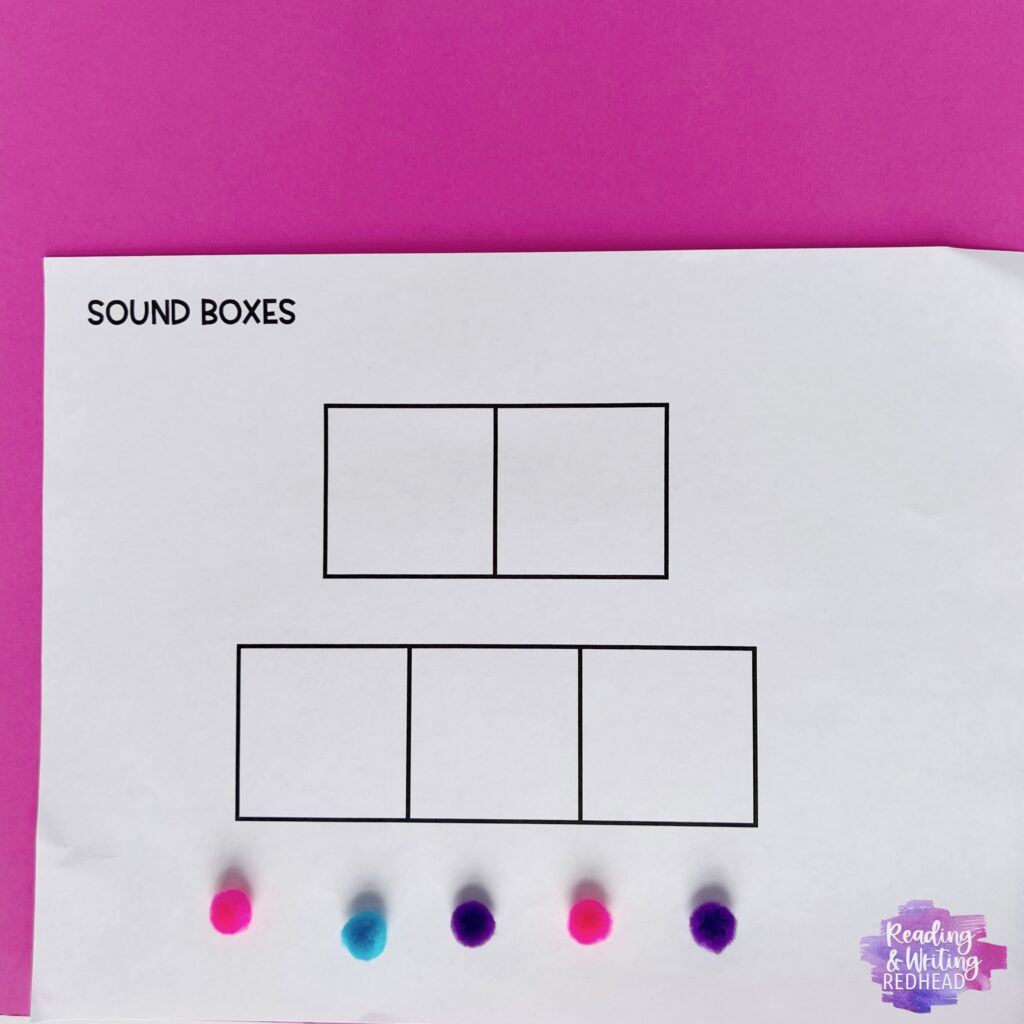
Phonological Awareness
Another phonics “resource” that you should have is a some kind of plan for phonological and phonemic awareness lessons. You can use a program like Heggerty, Super Kids or 95% Phonics, or buy one from Teachers Pay Teachers (or make your own from scratch) but it’s important!
Reminder: phonological awareness is the ability to hear and play with sounds in words. It’s like hearing the /s/ in “sing” or breaking “bat” into /b/ /a/ /t/.
Phonics lessons should start with phonological awareness activities. For example, if a lesson is about the “at” word family, students might blend /a/ and /t/ to make “at” or identify pictures of words that rhyme with “at.” This helps them get ready for the letter part of reading.
Phonological awareness front-loads phonics and you should have something planned for at least 5 minutes a day with all first graders and with second graders who are struggling with phonics (which may be happening because they have weaknesses in PA).
Try these affordable but helpful resources from Teachers Pay Teachers:
- Phonological and Phonemic Awareness Curriculum Bundle | Science of Reading
- 1st Grade Phonics Task Cards Phonics Centers Phonemic Awareness & More -Science of Reading
- Phonemic Awareness Activities and Phonological Awareness Activities – Science of Reading
- Kindergarten Phonics Task Cards Phonics Centers & Phonemic Awareness – Science of Reading
- Phonological Awareness Bingo Games | Phonemic Awareness | Science of Reading
- Bonus Phonological and Phonemic Awareness Activities | The Science of Reading
Decoding Practice
Phonics lessons need lots of practice! Imagine a guitar lesson where you only get two attempt to learn how to play, and you only got to watch your teacher. But then you need to play a song on your guitar in a concert! It’s the same with phonics. Students need lots of chances to sound out words on their own.
For example, if you’re teaching “in” and “it” words, don’t just show students how to do it. Give them lots of chances to try it themselves! Games and word sorts are great ways to practice. Remember, decoding is hard work, so give students time to focus on it.
Phonics resources you can try include word lists or decodable texts for this type of practice.
Keep reading for more strategies!
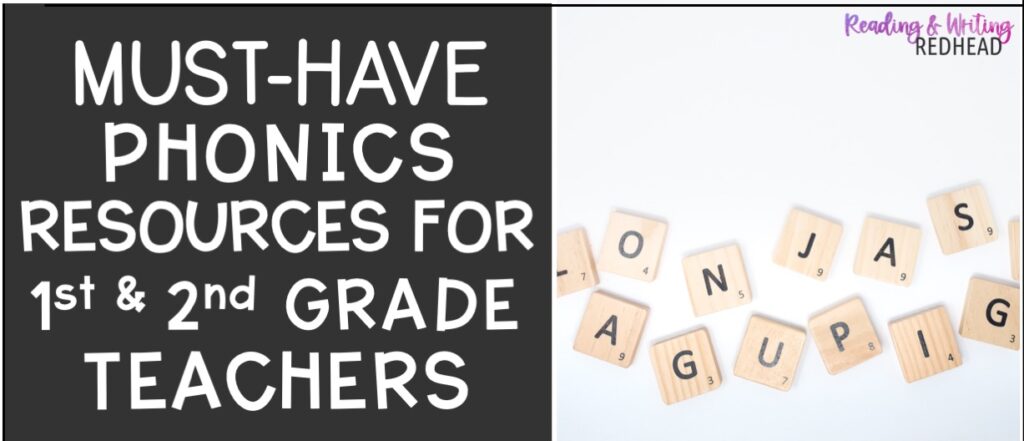
Spell it
Phonics lessons should include spelling practice without looking at the word. This helps students learn the order of letters in words. Dictation, word ladders, and magnetic letters are great ways to practice spelling.
Spelling is a good way to check what students really understand. If a student can’t spell a word, it might be a clue that they don’t understand the phonics rules well, even if they can read it. For example, if a student writes “sop” instead of “stop,” we can see that they might not know the “st” sound at the beginning. When a student can spell a word, we know they’ve got the skill down!
Phonics resources to try for spelling practice are white boards, paper, magnetic letters or Fundations tiles. You can also use games and some of the resources below (keep reading) to give kids more practice.
Amazon Goodies
Junior Learning Magnets for Phonics Skills
Junior Learning has so many useful phonics resources for first and second grade.
This CVC activity set of magnets from Junior Learning is one of many phonics resources you can try! I love to have my students pick a random magnet (or I pass them out) and write the spelling of the word on a white board or with letter magnets. I also have them pass their magnet to the student next to them and so on, so everyone tries all the words.
I also have the blends, digraphs and more sets!
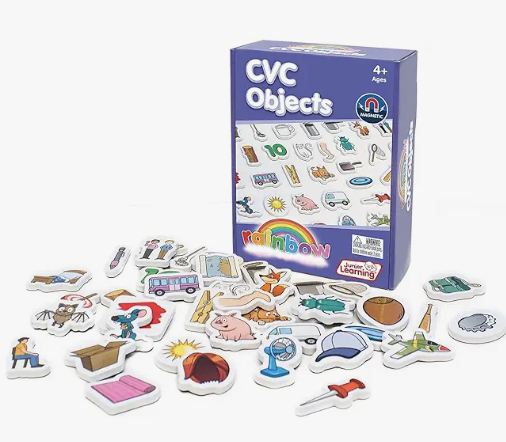
Junior Learning Phonics Decodable Fiction Learning Set
Decodable texts need to be included in your phonics resources. There are so many great options for decodable books. I am (obviously) a Junior Learning fan! Check these out.
Junior Learning: CVC Word Builders
Another one of many fun and useful phonics resources that I have for my own reading intervention students. These are another fun option to have handy!
Hand2Mind Reading Rods Manipulatives
I have these and love them! I bought them in the spring but will get to use them all year! I love that they have suffixes!
Junior Learning Spelligator Word Building Game
This is a fun game that you can grab as one of your many phonics resources! It’s for ages 5-9 and includes 75 Letter Tiles.
Ready to Go Activities from Teachers Pay Teachers
Of course, it would be convenient to have ready-to-use activities and phonics resources from Teachers Pay Teachers! PLUS a fun way to practice phonics skills such as digraphs, r controlled vowels, and CVC words are with fidget poppers (pop its)!
This consonant digraph resource makes teaching phonics fun and easy!
To help you implement fidget poppers as a phonics resource in your lessons, this comprehensive activity is packed with engaging activities. It includes:
- Task cards: Focusing on digraphs, bonus letters, and phonemic awareness.
- Differentiated options: Scaffolded task cards for various learning levels.
- Answer keys: For easy grading and so that you can leave it for a sub.
- Extension activities: Ideas for using fidget poppers in creative ways.
How to Use This Resource
This resource can be easily integrated into your classroom in various ways:
- Small group instruction: Use the task cards for targeted phonics practice.
- Independent work: Place the task cards in a center for students to work on independently.
- Morning work: Incorporate the task cards into your daily morning routine.
The Power of Fidget Poppers
By combining the fun of fidget poppers with effective phonics instruction, you can create a learning experience that is both engaging and educational. This resource provides the tools you need to help your students master phonics skills and develop a strong foundation for reading.
One of the happy teachers who tried Pop its Phonics Consonant Digraphs said, “This was a great resource for CVC words. Helped to keep my students active and aligned nicely with SOR!”
Download the resource today and watch your students’ phonics skills soar! Click here or on any of the images to check it out at TPT .
Even More
Check out these activities, which are from the Pop it Phonics CVC Words resource:
This phonics resource has tons of fun and engaging CVC word reading practice and also has differentiation options for students to count how many phonemes are in a word.
One of the happy teachers who tried it says “This was a great resource for CVC words. Helped to keep my students active and aligned nicely with SOR!”
Click here or on any of the images below to check it out at TPT.
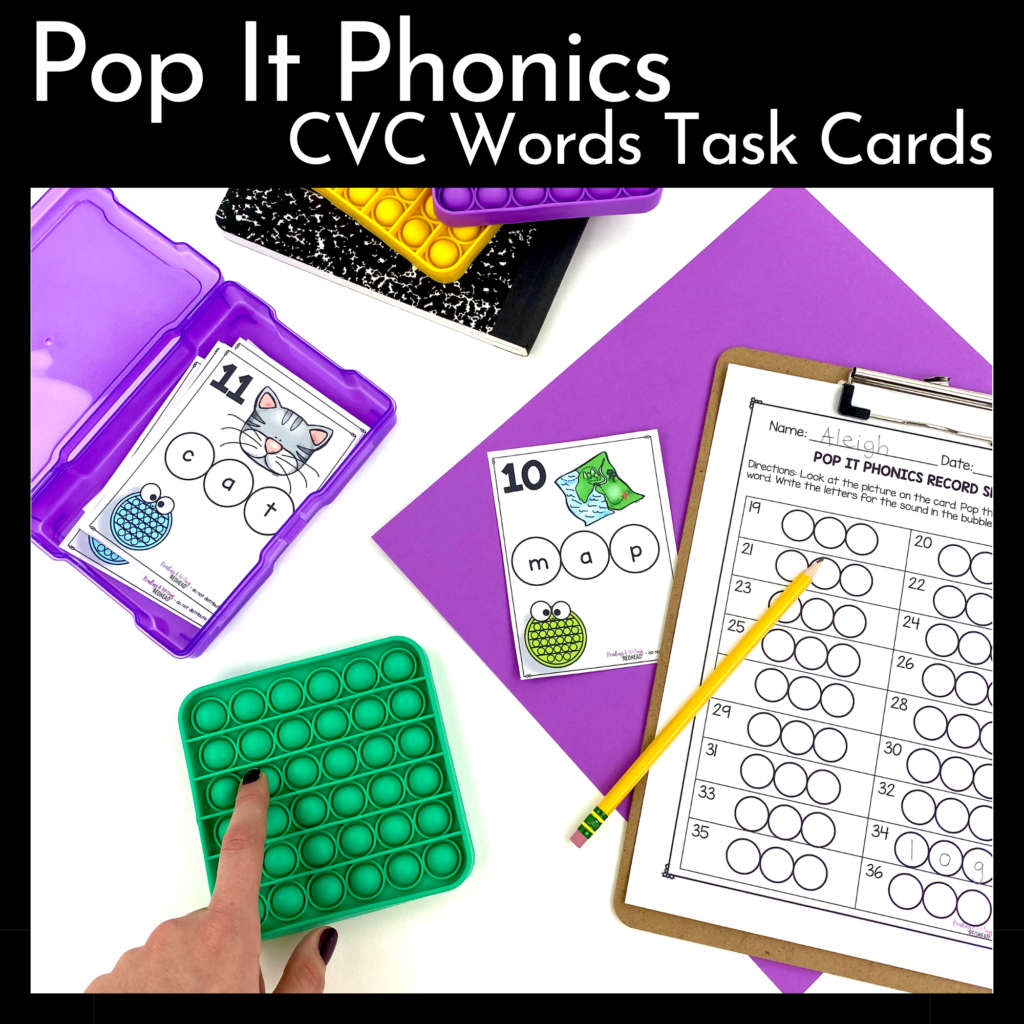
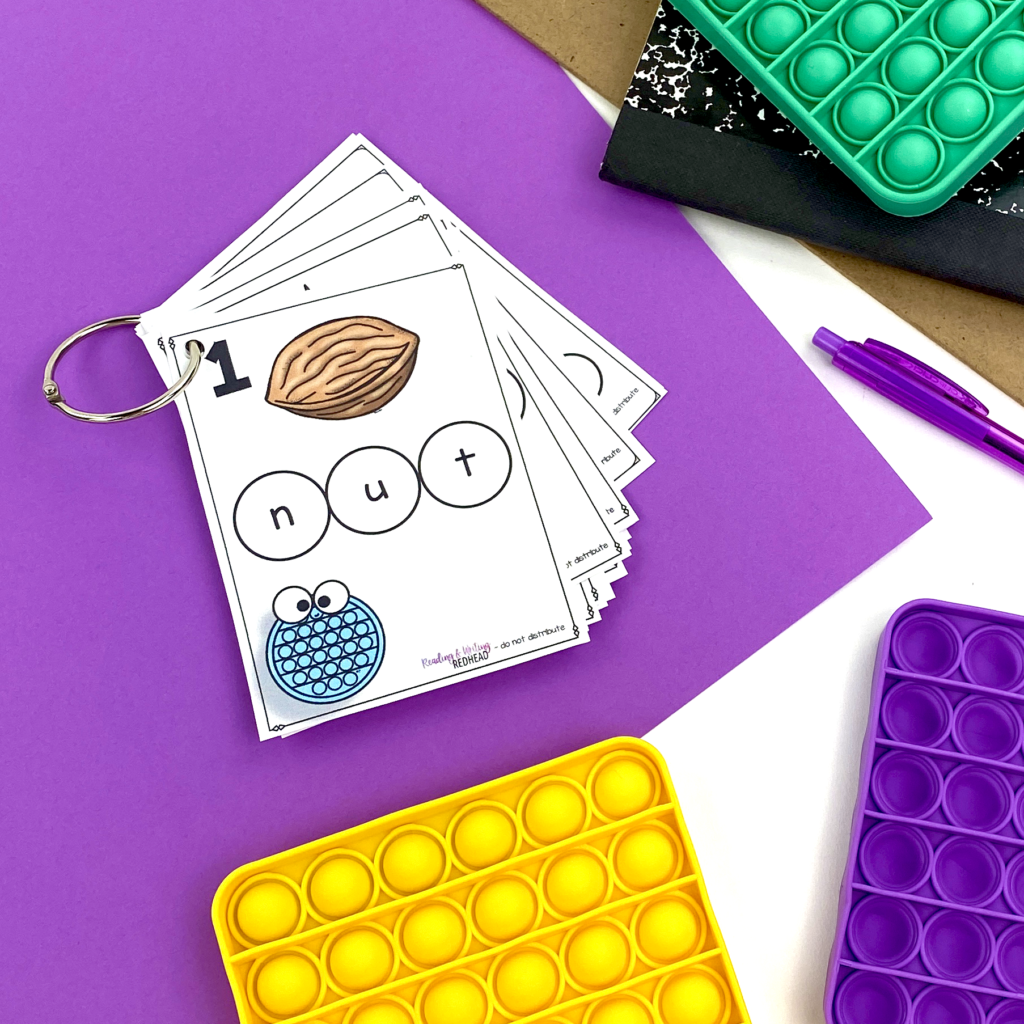
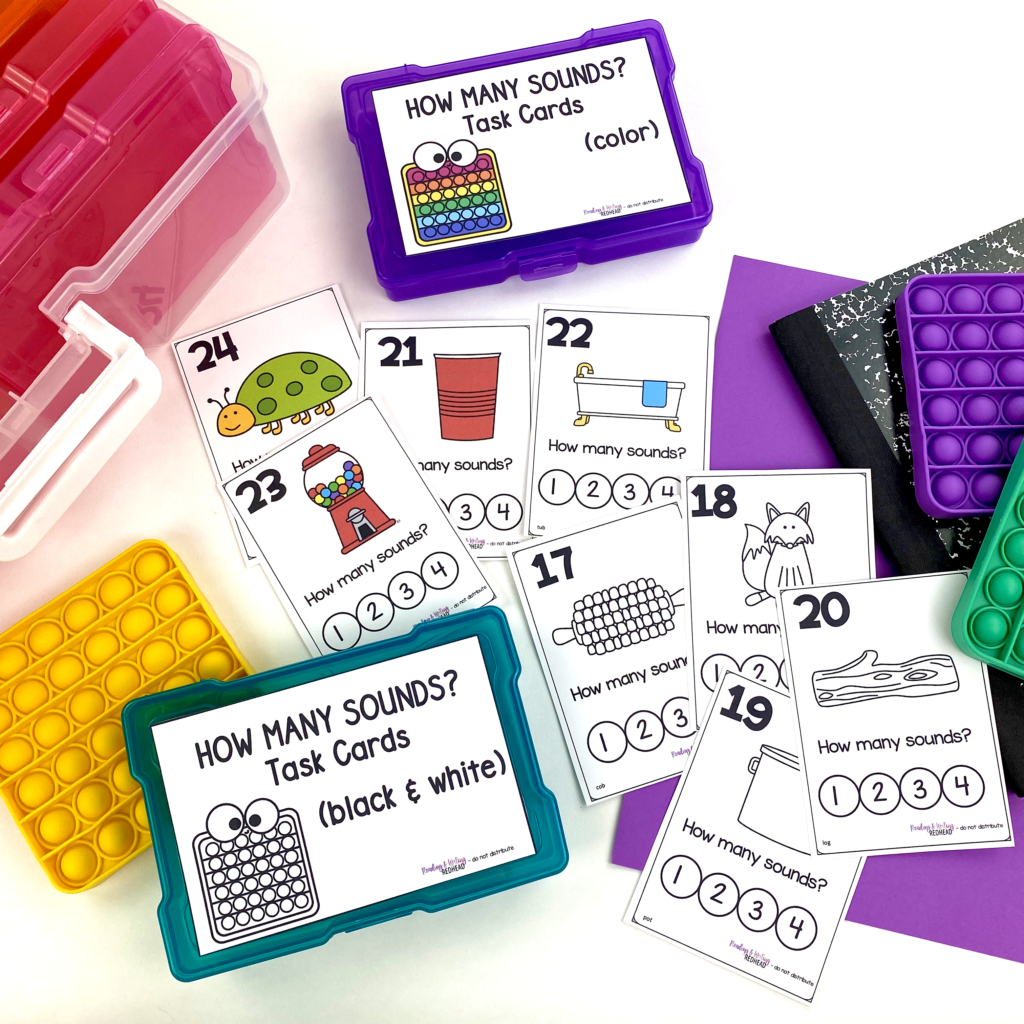
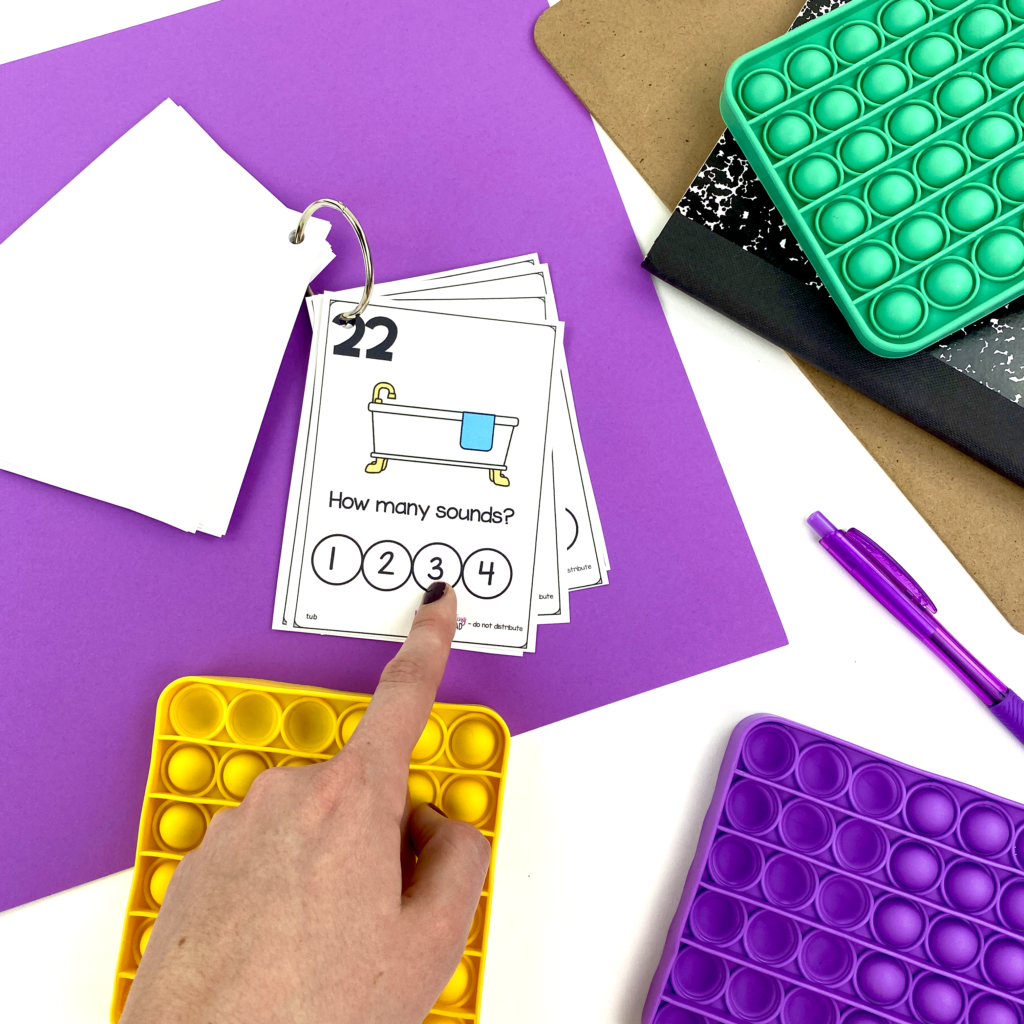
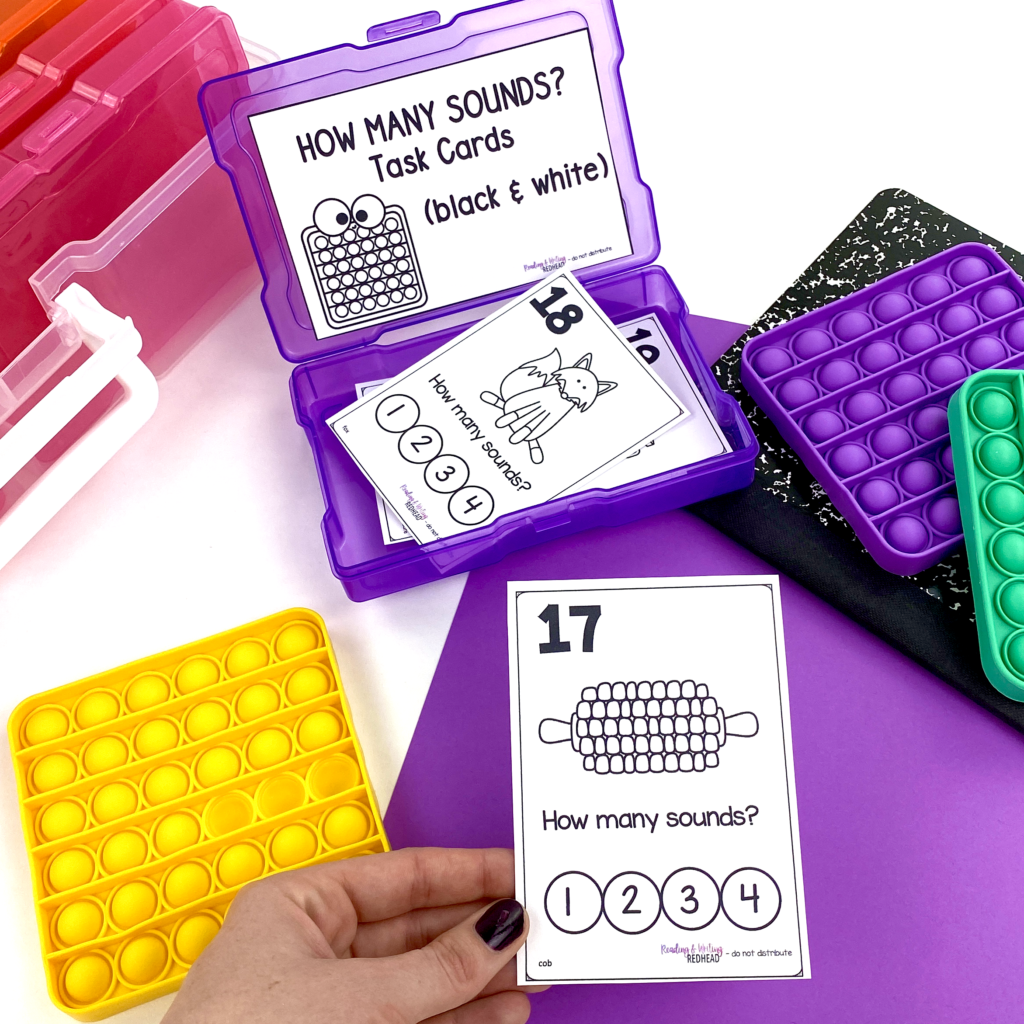
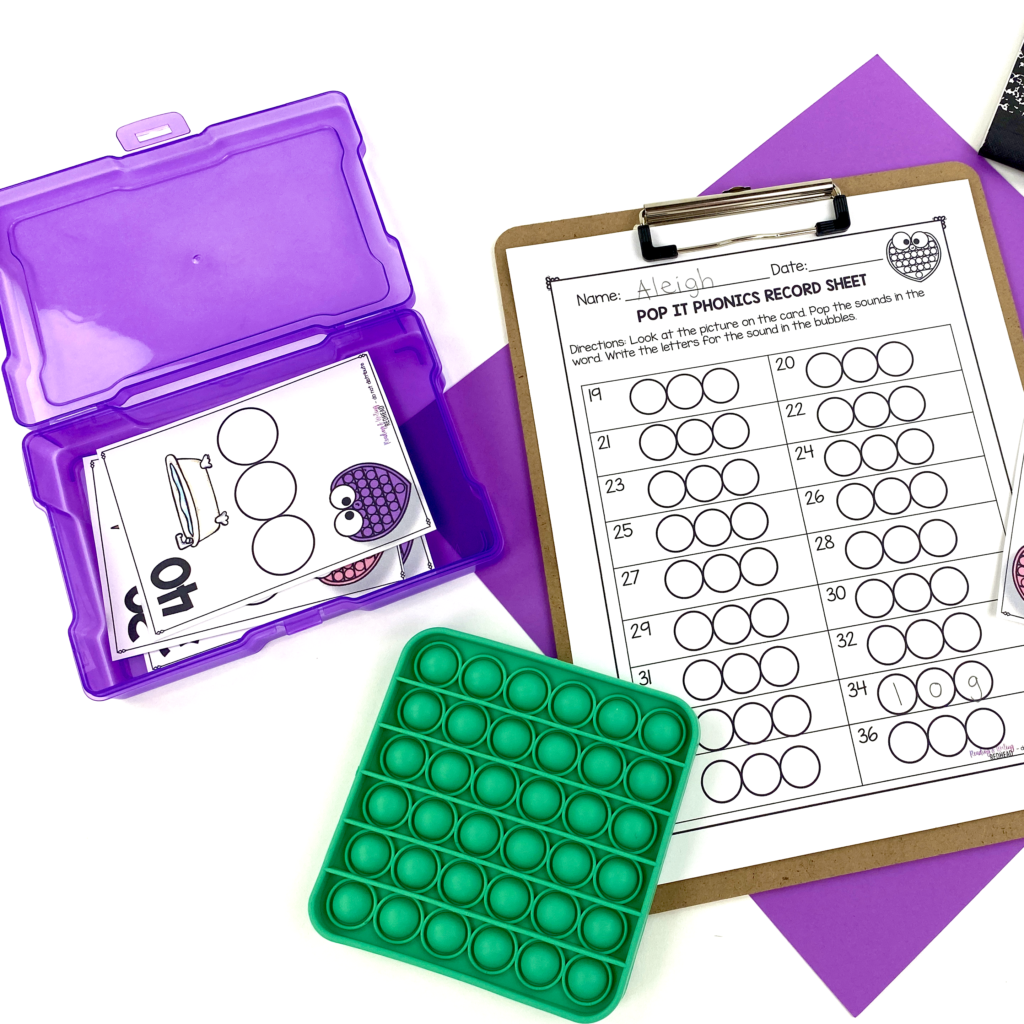
Other blog posts you may want to check out:
- 6 Tips for Teaching Phonics with Fidget Poppers
- How Can Word Riddles Boost Phonics Skills? Crack the Code!
- 5 Powerful Tips for Teaching Capitalization and Punctuation
- Unlock and Master ELA Lessons with Engaging Interactive Notebooks
- Capitalization Made Easy: Practical Strategies for Young Writers
If you want to save this blog post for later, pin this Pinterest ready image below!
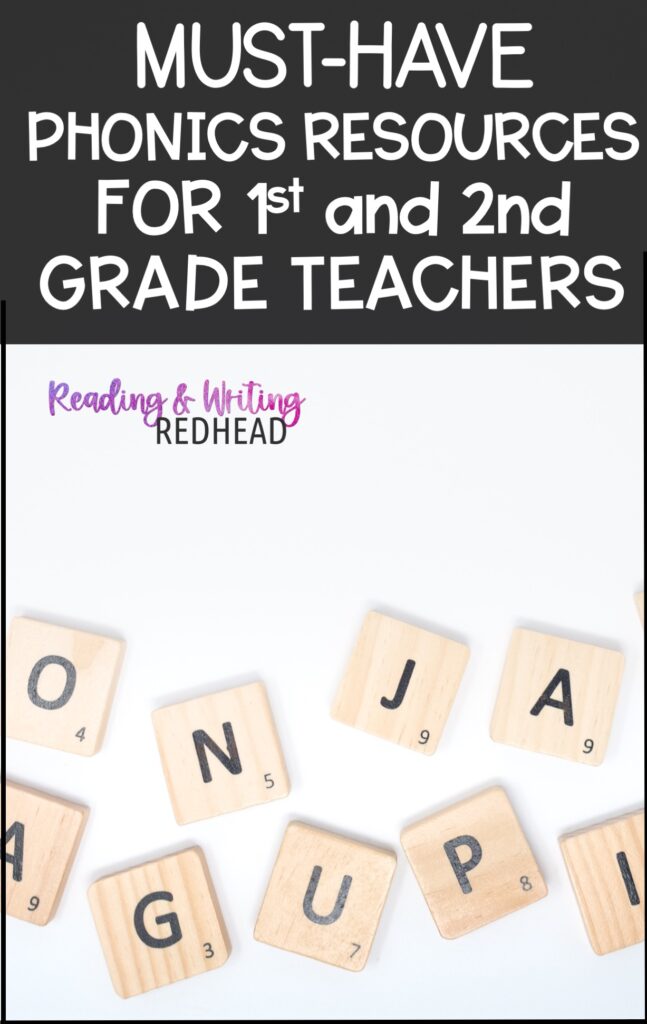
Let me know if you have any other fun phonics resources that I should mention!


